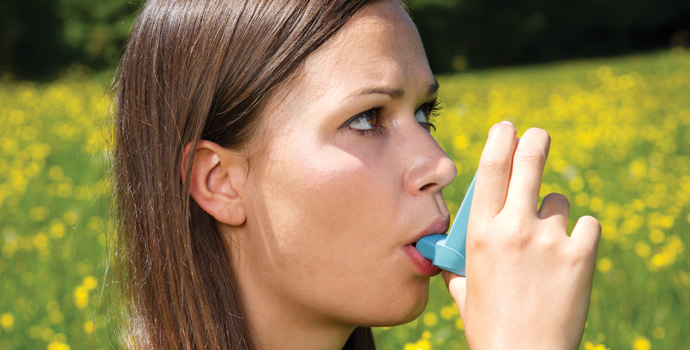To avoid complications that come with allergies, avoid the triggers that provoke it. To help you out, here are tips recommended by allergy doctors on how to avoid the allergens:
Avoid food allergy
Food allergy is one of the most common types of allergies. To avoid it avoid the foods triggering the allergic reaction. Studies show that at least 95% of people are allergic to the same types of foods. These are:
Honey: honey contains botulism spores that most people are allergic to. According to studies, most people allergic to honey don’t have stomachs that are acidic enough to destroy the spores.
Nuts and peanuts: whole nuts have for centuries being a choking hazard for babies and toddlers. Avoid peanut butter as it’s hazardous for children under the age of 2 years.
Cow’s milk: cow’s milk is allergic to babies under the age of one year.
Avoid indoor allergens
Common indoor allergens known to cause allergies are dust mites and pet dander. To get rid of dust mites you need to clean pillows, mattresses and other places where allergens like hiding. Other ways of controlling the mites is by replacing heavy drapes with blinds.
To control allergy brought about by pet dander, you should clean your room every day. Also ensure that you clean your dog often. It’s recommended that you wipe the dog with a wet cloth every day. Also bath the dog at least once a week.
To ensure fresh air in the bedroom and other parts of the house, install a HEPA room air cleaner.
Avoid outdoor allergens
Pollen and mold are two of the major causes of allergy in most people. Since they are light, they are usually blown around in the air making it difficult to avoid them. While this is the case, it doesn’t mean that you can’t minimize exposure. To help you out, here are ways to avoid pollen exposure:
- Always stay indoors when pollen count is reported to be high. Also stay indoors during the windy days when pollen is more likely to be present in high amounts in air
- If possible, take a vacation from your area to another area that is pollen free
- Keep your windows closed in order to prevent mold and pollen from drifting into your house
Conclusion
These are ways in which you can avoid allergens. If you have tried avoiding the allergens in all possible ways and you are still getting allergy, consider visiting an allergy clinic.



